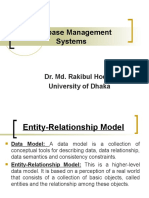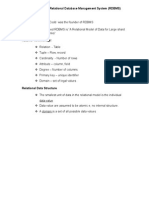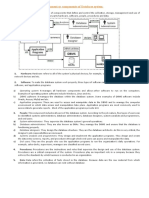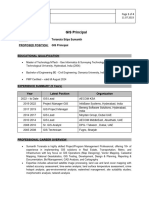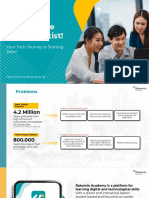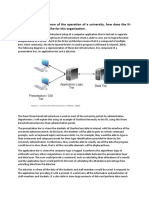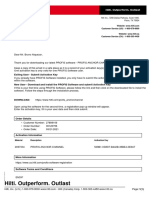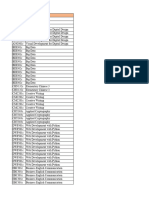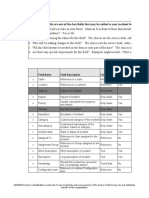0% found this document useful (0 votes)
19 views57 pages7 Database, Lecture-3
Uploaded by
Sourav BakaliCopyright
© © All Rights Reserved
We take content rights seriously. If you suspect this is your content, claim it here.
Available Formats
Download as PPT, PDF, TXT or read online on Scribd
0% found this document useful (0 votes)
19 views57 pages7 Database, Lecture-3
Uploaded by
Sourav BakaliCopyright
© © All Rights Reserved
We take content rights seriously. If you suspect this is your content, claim it here.
Available Formats
Download as PPT, PDF, TXT or read online on Scribd
/ 57
